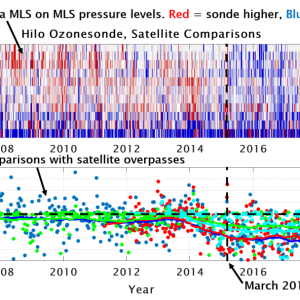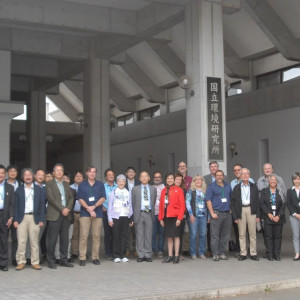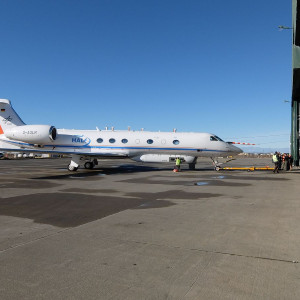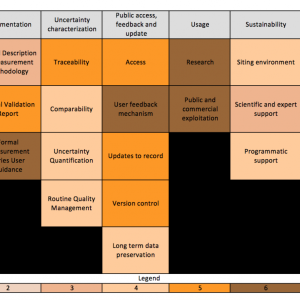New output for 2019 is available for all stations. The files are generated from a GMI chemistry transport model (CTM) simulation integrated with MERRA2 reanalysis meteorology—the same version as used for 1985–2018 files.
News and Events
The ASOPOS (Assessment of Standard Operating Procedures for OzoneSondes) Panel, a group of ~20 ozonesonde expert data-providers, was formed in 2004. ASOPOS, under WMO/GAW sponsorship, has issued periodic reports on ozonesonde quality assurance
The OI3C has changed the date for the Quadrennial Ozone Symposium. The QOS will now be October 3 to 9, 2021 at the Yonsei University, Seoul, Korea.
The ESA Atmospheric Validation Data Center (EVDC) has been updated, introducing new tools and upgrading existing functionalities for the exploitation of users interested in accessing both Cal/Val data and satellite products for specific missions.
The Assessment of Standard Operating Procedures for OzoneSondes (ASOPOS) 2.0 Panel held a remote meeting from 18–20 March 2020. ASOPOS is compiling results from laboratory, field, and pressure chamber experiments to communicate the latest knowledge and best practices for the operation of electrochemical concentration cell (ECC) ozonesondes, a key component of the NDACC network.
The IO3C invites the community to submit an abstract to the forthcoming Quadrennial Ozone Symposium 2020, which will be held in Seoul, Korea from October 4–10, 2020.
Only a few days after Super-Typhoon Hagibis hit Japan quite hard, the 2019 NDACC Steering Committee Meeting took place in Tsukuba (approximately one hour northeast of Tokyo) from Tuesday afternoon, October 15, until Friday, October 19.
The 2019 SHADOZ Newsletter includes a spotlight on the Fiji Station, personnel updates, and meeting announcements. SHADOZ is a Cooperating Network of NDACC.
The SouthTRAC aircraft campaign operates the German High Altitude and Long Range Research Aircraft HALO to investigate transport, composition and dynamics of the Southern Hemisphere upper troposphere and lower stratosphere (UTLS).
GAIA-CLIM (Gap Analysis for Integrated Atmospheric ECV Climate Monitoring) is a now completed EU H2020 Copernicus pioneering project (2015–2018). It had the aim to identify gaps and establish sound methods to characterize satellite-based observations using ground-based network measurements.



